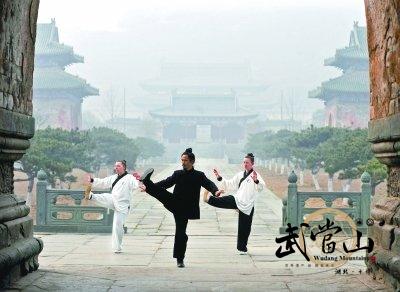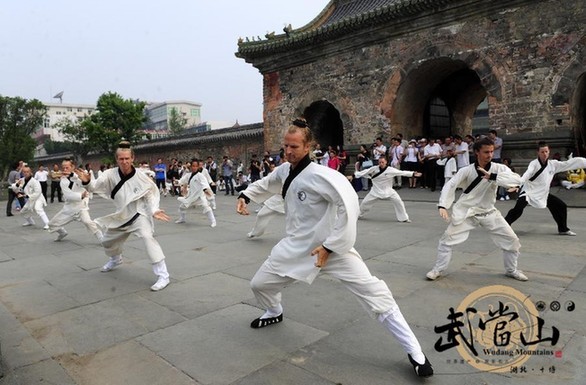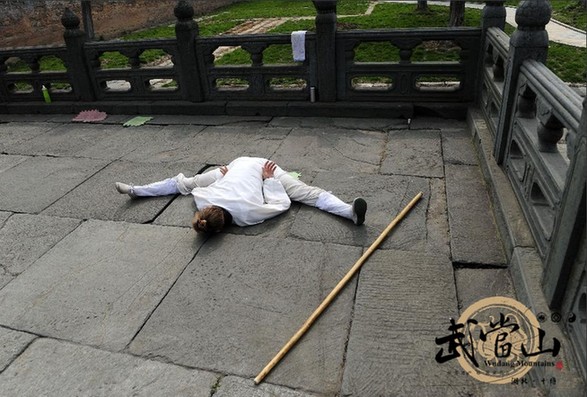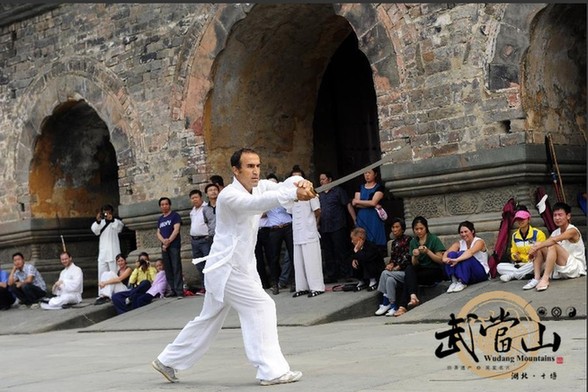Interesting tourist stats...
I've touched those balustrades...Wudang Mountains receive 4.26m tourists in 2012
( chinadaily.com.cn )
Updated: 2013-01-30
The Wudang Mountains received 4.26 million tourists in 2012 and realized tourism revenue of 2.26 billion yuan ($363 million), up 20 percent and 21 percent from the same period last year, respectively.
The Wudang Mountains launched year-round advertising campaigns on various media outlets, including CCTV-1, CCTV-4, China Comment and China Tourism News. Ads were also placed on vehicles like airplanes, high-speed trains and buses. The scenic spot also invited mainstream industries and media from home and abroad to shoot interviews and films in the region. Films such as The Karate Kid, Wudang and The Assassin were shot in Wudang and contributed to publicizing the area. It also offered ticket discounts and chartered airplane and train service to expand tourism.
The Wudang Mountains held events including the Taiji Lake Forum, the 12th National Village Heads Forum, the Wudang 600 Years Centennial Celebration, the World Health Assembly and Tai Chi International Fellowship Competition, and the Luotian Sacrificial Ceremony in 2012, attracting the attention of Chinese leaders and celebrities from all walks of life.
Tourists from Beijing, Nanjing, Guangzhou, Shenzhen, Hong Kong, Macau, Taiwan and foreign countries increased significantly, up 62 percent from the same period last year.
Wudang Mountains receive 4.26m tourists in 2012They told me it would bring me luck.
Follow up on YuzhenWudang Golden Hall reinforces copper balustrades
( chinadaily.com.cn )
Updated: 2013-01-30
Technical workers reinforced 148 copper balustrades in Wudang Golden Hall on the afternoon of July 19. The balustrades were originally built using funds donated by Yunnan people in the 19th year of Wanli Emperor (1591) in the Ming Dynasty (1368-1644).
The Golden Hall is the most important stop for tourists to Wudang. The copper balustrades have become loose due to wear-and-tear and frequent touching by tourists. Wudang has reinforced the balustrades and is warning visitors not to throw coins in the hall or touch the balustrades.
Wudang Golden Hall reinforces copper balustrades
Wudang Golden Hall reinforces copper balustrades
Elevation of Yuzhen Palace breaks world record
( chinadaily.com.cn )
Updated: 2013-01-30
The elevation project of Yuzhen Palace on the Wudang Mountains was completed on the afternoon of July 16. The gate of the palace reached a height of 15 meters, an elevation height four times higher than the world record.
Dai Zhanbiao, head of the project, noted that the elevation of the east and west gates were completed on July 9 and 13, respectively. The following work will require pouring concrete into the steel piers, weighing 80 kilograms each, to take the place of the dozen dismantled jacks. The pouring work is expected to finish at the end of February.
According to Dai, the elevation project of Yuzhen Palace began on August 1, 2012. The palace gates and mountain gates will be elevated one after another. The 1.5-meter elevation of the east and west palace gates can be done within two days. It only took one day to elevate the mountain gates. The gates can be lifted 0.5 meters every day on average.
Yuzhen Palace was built by the Emperor Yongle in the Ming Dynasty (1368-1644) in 1412 in honor of the Taoist Zhang Sanfeng. After the elevation of the Danjiangkou reservoir dam, which serves as a water source for the Middle Route Project of the South - North Water Diversion plan, Yuzhen Palace was in danger of being submerged. As a result, the mountain gates, the glazed walls and the east and west palace gates of Yuzhen Palace are being elevated to keep the ancient cultural relics intact.
The restoration project of Yuzhen Palace will begin after completion of the elevation project and water storage tests. Yuzhen Palace will be surrounded by water on three sides when construction finishes. It will cost about 200 million yuan ($32.1 million).
Elevation of Yuzhen Palace breaks world record



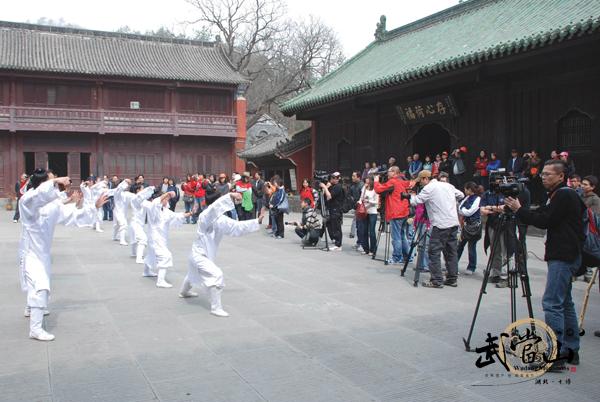
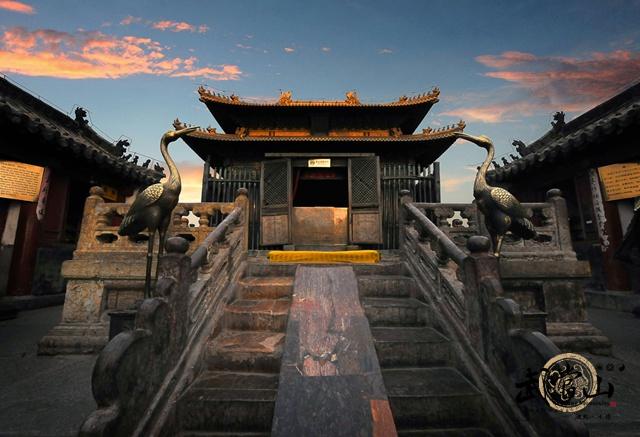
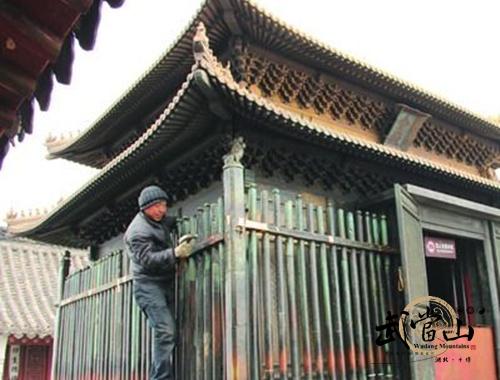
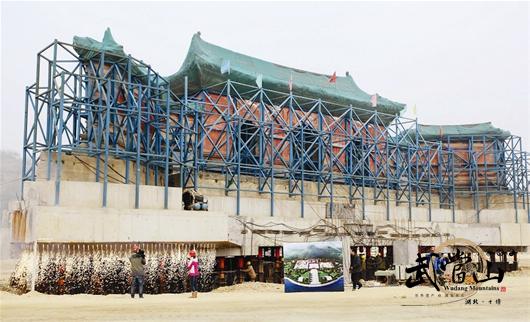

 Reply With Quote
Reply With Quote
